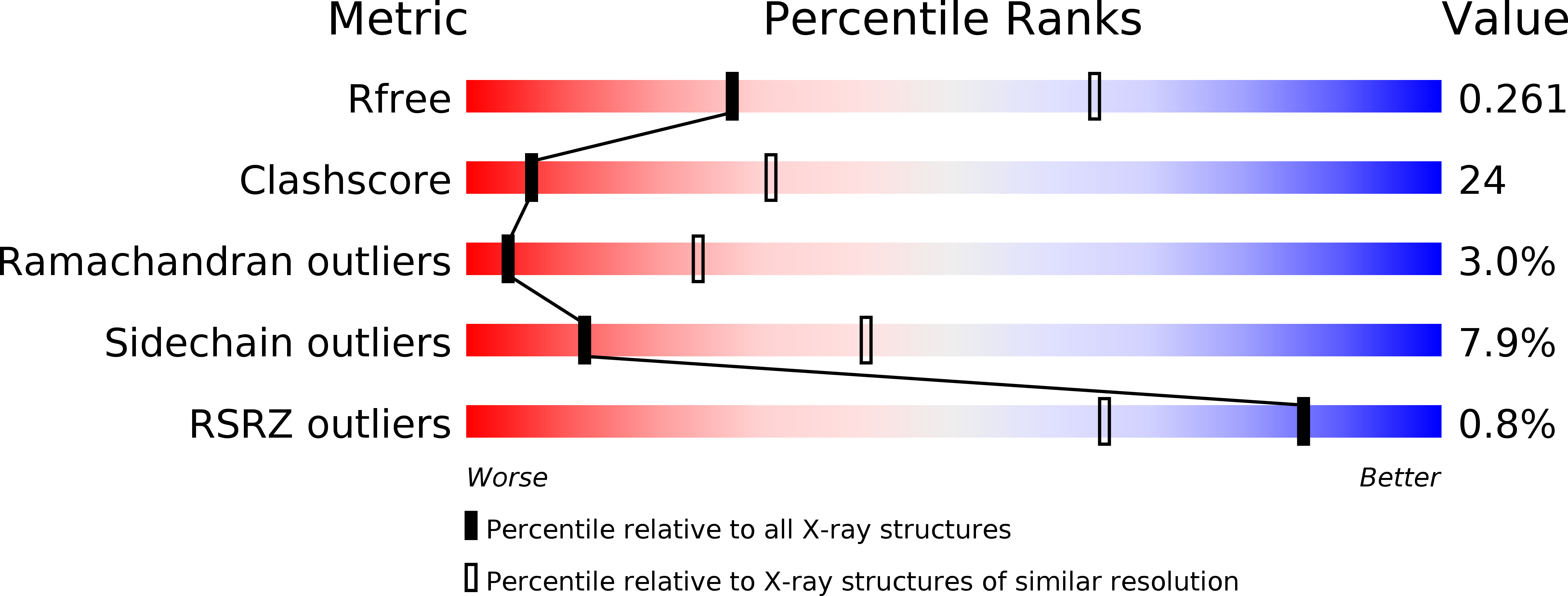
Deposition Date
2006-03-10
Release Date
2006-07-04
Last Version Date
2024-10-30
Method Details:
Experimental Method:
Resolution:
3.00 Å
R-Value Free:
0.26
R-Value Work:
0.23
Space Group:
P 21 3


